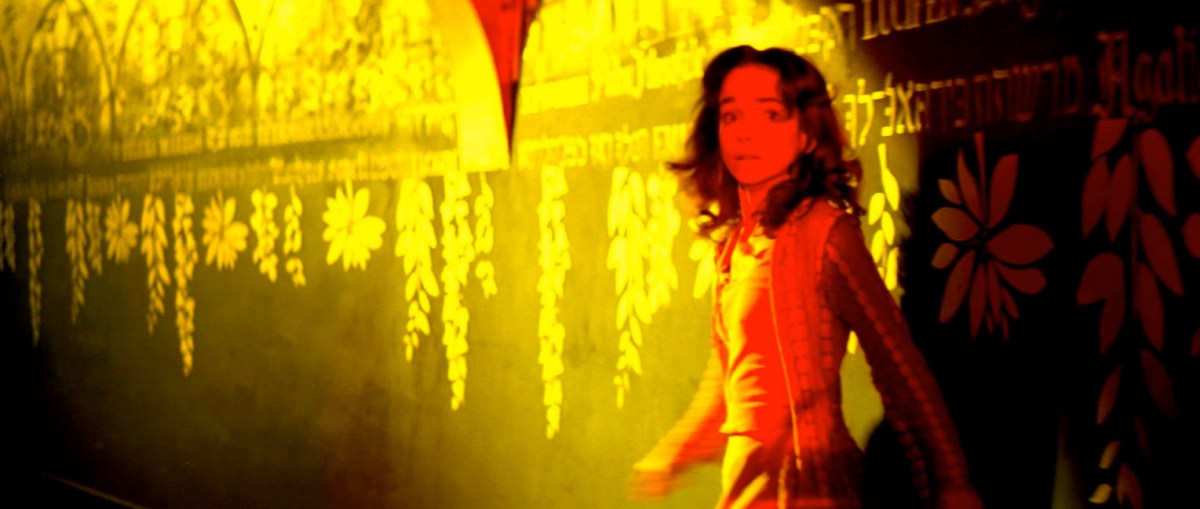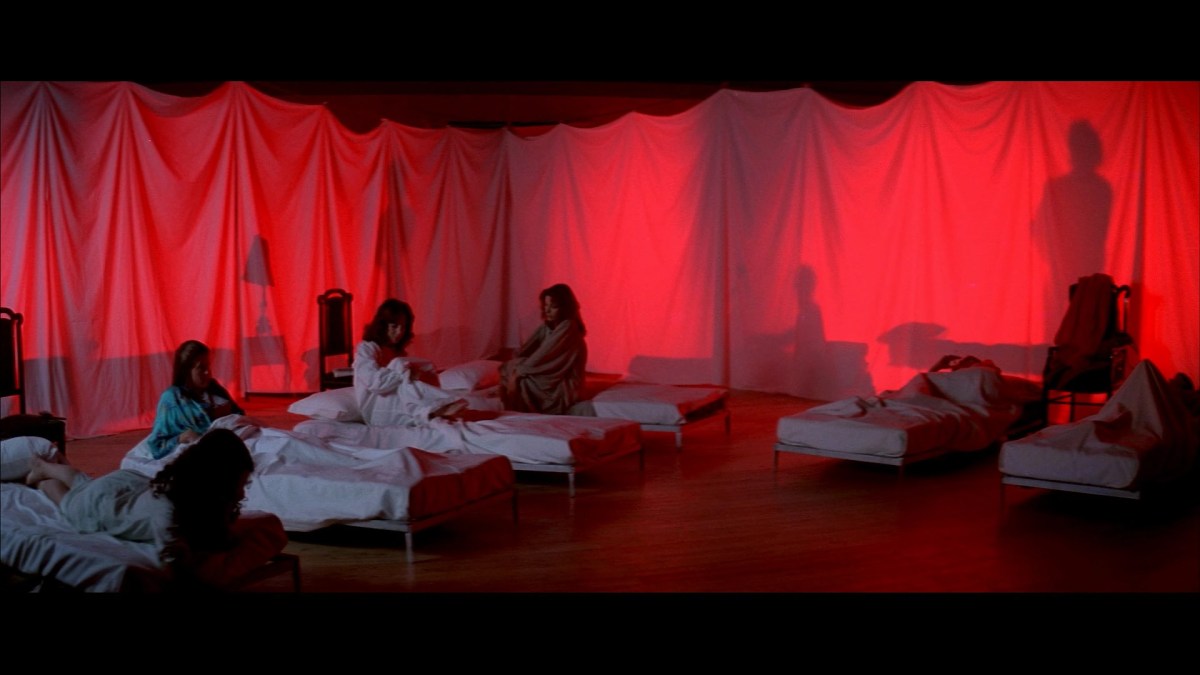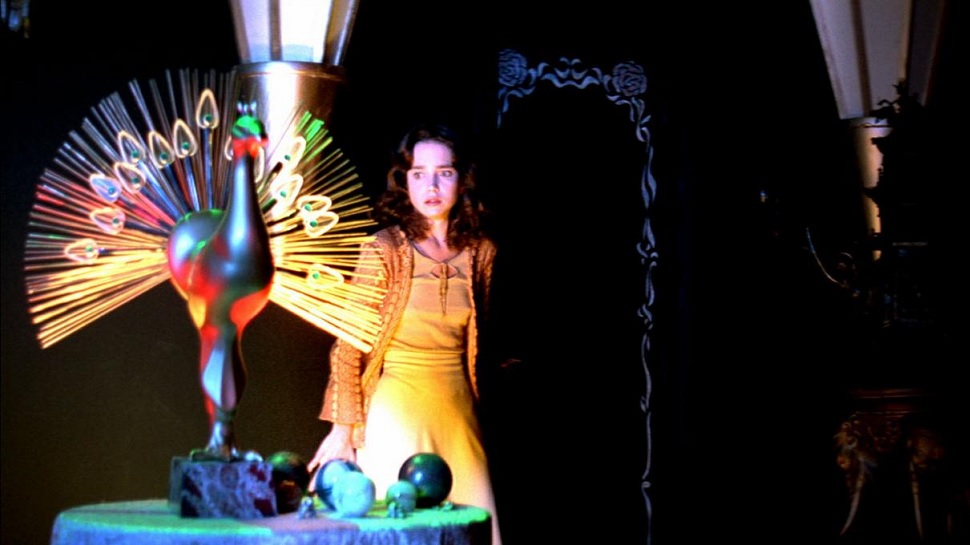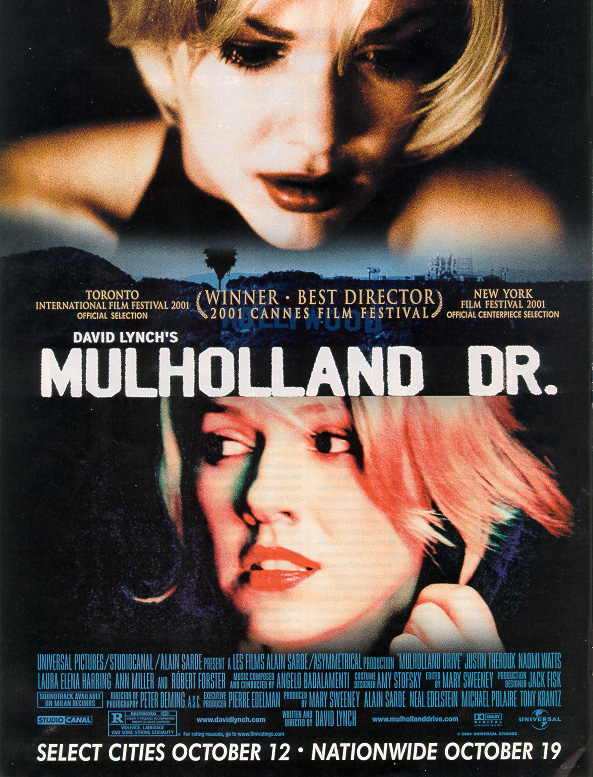(USA 2017)
Justice, like morality, is ambiguous. Accordingly, determining exactly how justice should be meted out is mired in a lot of grey. Translation: life is not black and white.
This old adage makes people uncomfortable, and it’s exactly the concept that colors Three Billboards Outside Ebbing, Missouri. It works so well because it acknowledges that there is no one right answer. Thankfully, as luck would have it, it’s also kind of funny.
Mildred Hayes (Frances McDormand) is pissed off and tired. Seven months ago, her daughter was raped, murdered, and set on fire, though not necessarily in that order. The police have made no arrests, they have no suspect, and they haven’t uncovered a single lead. The case is precariously close to cold.
Driving down a rural road one morning, Mildred spots three abandoned billboards and gets an idea: she’ll shame Chief of Police Willoughby (Woody Harrelson) into action. She rents the billboards for a full year and posts ads that attack him. The problem is, her idea doesn’t pan out as she plans — in fact, it works against her cause.
Not far off from a Coen Brothers venture, Three Billboards Outside Ebbing, Missouri is a twisted and twisting nailbiter. Writer-director Martin McDonagh has a sharp wit, a warped sense of humor, and an impeccable grasp of human nature. The cast is outstanding, with not one subpar performance. At times heartbreaking, this is all around a tightly assembled and enthralling film.
With Caleb Landry Jones, Kerry Condon, Sam Rockwell, Alejandro Barrios, Jason Redford, Darrell Britt-Gibson, Abbie Cornish, Riya May Atwood, Selah Atwood, Lucas Hedges, Zeljko Ivanek, Amanda Warren, Malaya Rivera Drew, Sandy Martin, Peter Dinklage , Christopher Berry, Gregory Nassif St. John, Jerry Winsett, Kathryn Newton, John Hawkes, Charlie Samara Weaving, Clarke Peters, Brendan Sexton III, Eleanor Threatt Hardy, Michael Aaron Milligan
Production: Blueprint Pictures
Distribution: 20th Century Fox, Fox Searchlight Pictures, Warner Brothers
115 minutes
Rated R
(AMC River East) B+
Chicago International Film Festival
http://www.foxsearchlight.com/threebillboardsoutsideebbingmissouri/

















